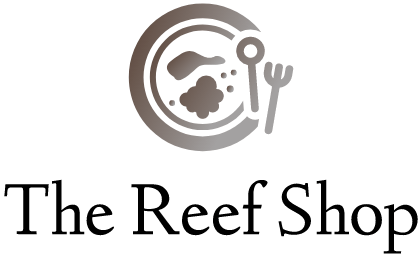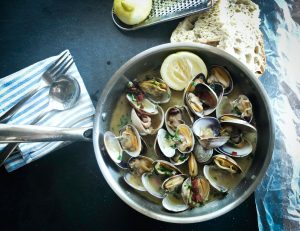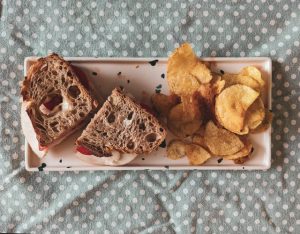
The data on beer from the TTB (Tax and Trade Bureau) for the primary 1/2 2020 is not dangerous or smart for craft brew, it’s what it’s. The most important brewers have noticed varying degrees of reduced demand within the half of 2020, however, the craft brew sector is somewhat stable. Nothing is ideal and far of the emotions regarding the setting nowadays is subject to opinion. Obviously, pavement delivery isn’t looked upon as an answer to Covid19.
The TTB is just news knowledge on tax receipts derived from spirits, wine, and brew production; however, we have a tendency to be solely curious about brew for the instant. shopper tastes shift from time to time relative to their drink of selection. This simply adds to the quality of perceiving the information. For instance, laborious ciders and seltzers have captured the eye of younger adults and this will impact craft brew.
Currently, Covid19 has taken centre stage in forcing the craft brew business to chop prices, delay some new product plans, thoughts regarding market enlargement, packaging choices and on/off-premise promoting ways. Covid19 impact started being felt for the craft brew business in February 2020. The very fact is that the craft business continuously deals with market shifts, however, the virus impact could be a once in a very 100-year disaster on a worldwide scale.
The TTB doesn’t outline or report brew production at a market phase level, i.e. Craft Beer, Brew Pub, etc. Their charter is to gather correct taxes from brew effort a distillery primarily based upon ABV. We’ll cross-check production rumoured by the TTB primarily based upon size classes of barrel production. Although some market changes were being noticed in early 2019, Covid19 has had a significant impact on the economic health of the craft brew business.
Statista reports that The BeanTown brew Company created five.31 million barrels of brew in 2019. That compares to Miller/Molson/Coors 2019 production of fifty million domestic barrels. “Bear in mind, Anheuser-Busch nowadays represents forty ninth of the U.S. market. To place that in perspective, of the 6,400 breweries within the U.S., ninety fifth create but fifteen,000 barrels of brew annually,” says Dr Patrician Watson, PhD-Chief social scientist for The Brewers Association.
For the craft brew shopper, macro knowledge is just necessary as a start line to assess what’s happening to our favourite brew. “Currently, the bulk of the U.S. craft brew shoppers live within a 10-mile radius of an area distillery,” says Dr Watson. This is often necessary as a result it shows however necessary the health of the craft brew business has on communities and customers.
So, what will the TTB production knowledge for 2019 versus 2018 and a half 2020 and 2019 indicate?
Total brew production within the half of 2020 vs. 2019 was eighty eight.3 million barrels and ninety one.6 million barrels, severally. That represents a -3.6% loss of brew production within the half of 2020 vs 2019. However, half-knowledge for 2019 vs. 2018 shows a -4.4% decrease in production. This means a decline in production in kegs started in early 2019.
Some analysts entail that keg sales square measure decreasing indicates the impact of Covid19; this is often true as most kegs attend on-premises brew consumption locations. Keg sales within the half of 2020 were down fifty-two. Bottle/can sales were up +3.1%. (Data relies on comparable keg volumes-31 gallons in a very keg.) Source: TTB-Tax and Trade Bureau. Keg sales half 2018 vs 2019 were seven.5 million barrels and eight.1 million respectively: a small increase.
Now let’s analyze the market segmentally by barrel production. In 2019 yank brewers created a complete one hundred eighty million barrels of brew. In 2018 the full production was 183 million barrels with seven-membered fewer breweries. a small downswing.
All U.S. brewers manufacturing over six million barrels annually had a -4% call-in production and delineated just about seventieth of total U.S. production. The six million and bigger phase includes fifteen of the most important producers.
The Brewers Association reports ninety-fifth of breweries in the U.S. manufacture but fifteen,000 barrels yearly. Numerically that’s five,947 of the six,400 breweries in total. This phase created six.2 million barrels total in a pair of019. For perspective, compare that to the five.31 million barrels attributed to The BeanTown brew Company alone. Apparently, this phase will complete a +4% increase in production in 2019 vs 2018. Most of that increase will be attributed to the number of producers within the one to fifteen, a 000-barrel class that had a seven-membered increase in breweries.
Without a doubt, the Covid19 virus has had a sway on the craft brew business, but to not the extent some macro brewers have completed. Some have had a discount of roughly four-dimensional overall, however, they’re not within the ‘craft’ class. Full-year knowledge can tell a far better story. Logic would tell a North American country that the Brew public house phase of the business has been wedged the foremost. For instance, twenty-fifths of their products are bought and consumed on-premise.
The jury remains out on simply how dangerous the economic and mode setting has wedged the craft brew business, however, individuals still need quality that’s most pronto on show in craft brew. Brandon Gaille rumoured some analysis in late 2019 that noted, ninety-four of brew customers limb craft brew thanks to styling and eighty-three were conjointly curious about craftsmanship. Consumers. This means some level of analysis and products perception goes into understanding craft brew.
Cheers!
Read our blog on Your Mind Calibrates Visuals, Aromas, Flavors, and Texture of the Beer to Give Us Mouthfeel






